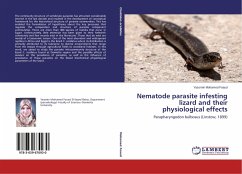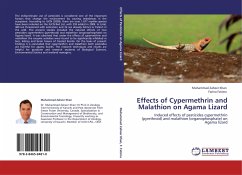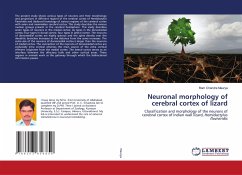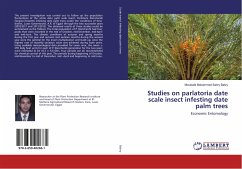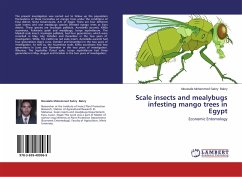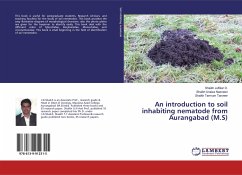The community structure of vertebrate parasites has attracted considerable interest in the last decade and resulted in the development of conceptual framework for the hierarchical structure of parasite communities. This has enabled the formulation of hypotheses about the key processes that regulate the composition and structure of parasite component communities. There are more than 400 species of reptiles that occur in Egypt. Unfortunately, little attention has been given to their helminth community and few records exist in the literatures .Those that do exist are mostly of a taxonomic nature. One of the most abundant and widespread reptiles in Africa and Egypt is the lizard C. ocellatus where its distribution is primarily attributed to its tolerance to diverse environments that range from the steppe through agricultural fields to woodland habitats. In this work, we aimed to study the parasite infracommunity structure of the lizard C. ocellatus found at Damietta region and the possible effects of seasons on the prevelance of parasites, as well as the influence of prevelance of these parasites on the blood biochemical physiological parameters of the lizard.

